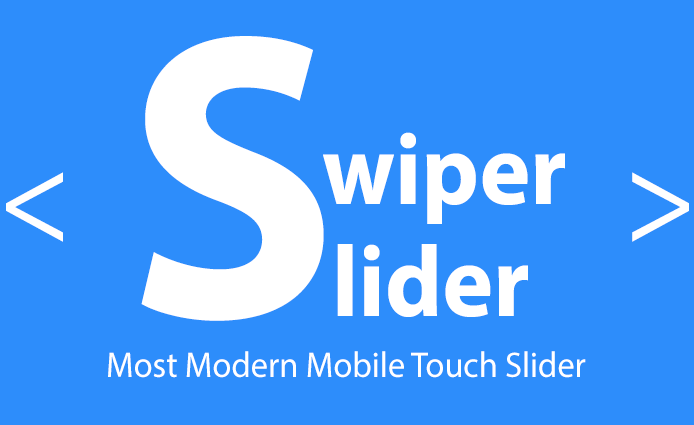Archives
- Newer posts
- November 2025
- October 2025
- September 2025
- August 2025
- July 2025
- June 2025
- May 2025
- November 2024
- April 2024
- November 2023
- October 2023
- August 2023
- May 2023
- February 2023
- October 2022
- August 2022
- July 2022
- May 2022
- April 2022
- March 2022
- February 2022
- June 2020
- March 2020
- February 2020
- January 2020
- December 2019
- November 2019
- October 2019
- September 2019
- August 2019
- July 2019
- June 2019
- May 2019
- April 2019
- March 2019
- February 2019
- January 2019
- December 2018
- November 2018
- October 2018
- September 2018
- August 2018
- July 2018
- June 2018
- May 2018
- April 2018
- March 2018
- February 2018
- January 2018
- December 2017
- November 2017
- October 2017
- September 2017
- August 2017
- July 2017
- June 2017
- May 2017
- April 2017
- March 2017
- February 2017
- January 2017
- August 2016
- June 2016
- April 2016
- March 2016
- February 2016
- January 2016
- July 2015
- June 2015
- Older posts

SWIPER SLIDER
In this blog I’ll be discussing about Swiper slider. Slider plays a significant role in designing any website. Swiper Slider is one of the best and widely used sliders due to its exceptional features.
When developing this functionality, the developers had the intention of using it in mobile websites, mobile web apps, and mobile native/hybrid apps. It was designed mostly for iOS devices but it also works with android, windows phone and modern desktop browsers.
This plugin/framework is freely available to use. Due to its responsive properties, it is also known as mobile touch slider. Over time, this framework has evolved itself with significant features. The latest Framework (v7) has very adaptable configuration with great features.
Here are a few top notch features of the Swiper Slider:
- Library Agnostic – This means Swiper Slider does not require any additional JavaScript libraries such as jQuery which makes the slider faster to load due to its smaller file size.
- Mutation Observer – This feature allows automatically reinitializing and recalculating all required parameters. This occurs when you create dynamic changes in the DOM, or in the Swiper styles itself.
- Flexbox Layout – Swiper uses the modern Flexbox layout to slide the images which not only reduces a lot of design issues but also the time involved in size calculation.
- Rich API – Swiper with Rich API allows you to create your own pagination, navigation buttons, parallax effects and much more.
- Images Lazy Loading – This feature loads only the active class slide image while others are not visible. When the user swipes the next slide, the slider loads the next active class and displays that image while hiding all other images. This indeed makes the website load faster.
- Virtual Slides – When you have a lot of slides in the slider or you have heavy images, it will keep the required amount of slides in the DOM.
This framework can be installed in two ways:
- From the terminal by using Bower ($ bower install swiper) or, using Atmosphere as Meteor package or, using NPM ($ npm install swiper).
- It can be also installed by including Swiper files (CSS & JS) in the project, then add the required HTML layout of the Swiper and finally initialize the Swiper Script in the JS file.
To conclude, the Swiper Slider has lot of advantages over other slider options available. In my opinion, I would recommend using this framework when you plan to have a slider section for any website. It’s a flexible and efficient framework that can be used for better website performance.
